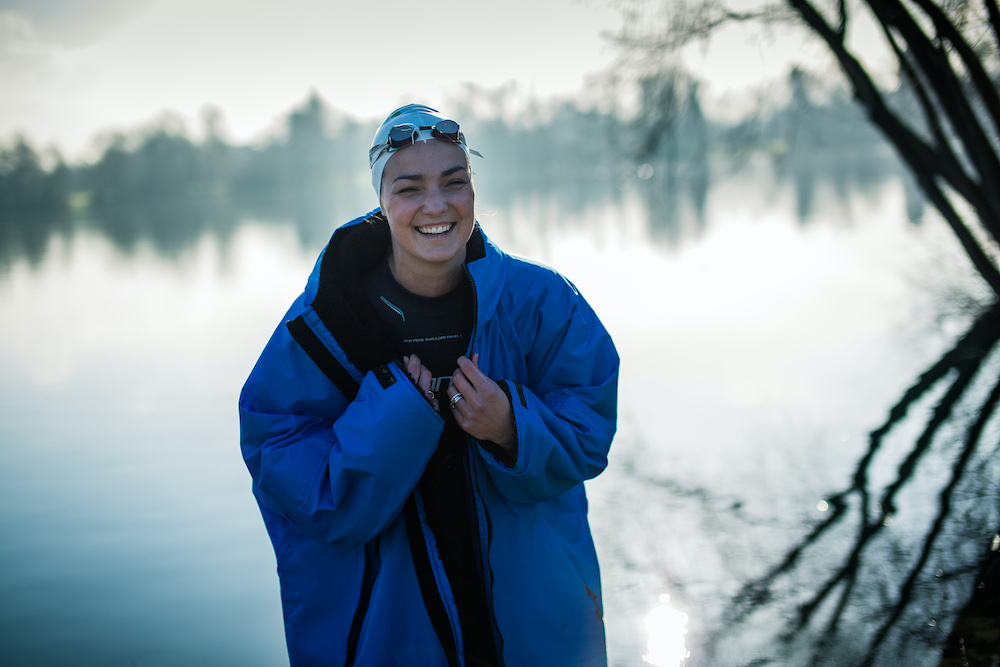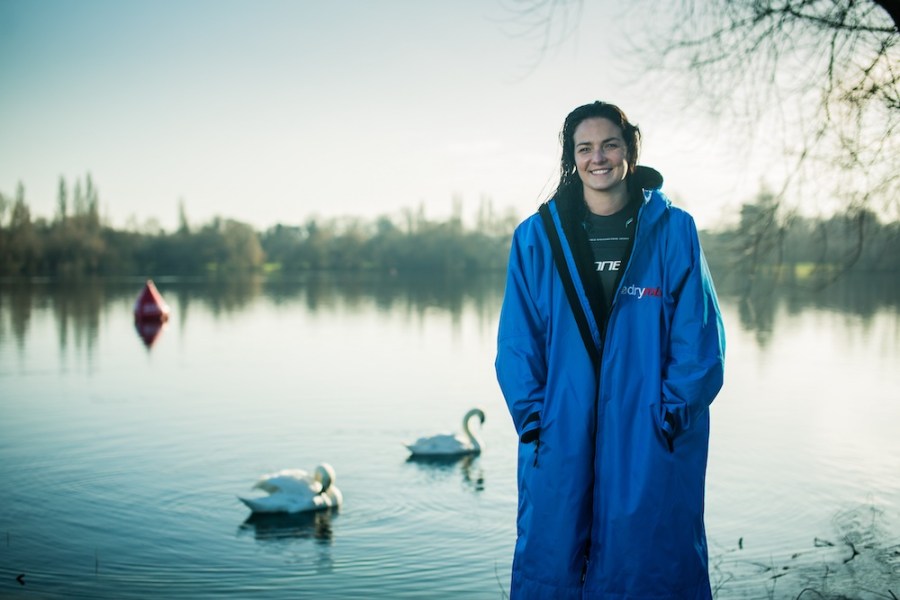Experts share their top tips on how to be safe in the water as we see a surge of interest in open water swimming and water sports.
Whether it’s a result of being a sport compatible with social distancing, the mild spring and hot summer we have been having, the rise in people staycationing or a combination of reasons, there is no doubt that we are seeing a sustained boom in people taking part in watersports across the UK. Research from Sport England has shown a huge increase in outdoor swimming this year, and paddleboard sales have reportedly surged by more than 300%.
But as Britons flock to the country’s lochs, lakes, rivers and seas, it’s important to think about how we can all keep ourselves safe in the water.
We spoke to open water swim Olympic silver medalist and double world champion, Keri-anne Payne, double paddleboard world record holder, Cal Major, and Royal Life Saving Society Lifeguard, Amy Weston, to find out how you can have fun in the water whilst also staying safe…
Respect the conditions & be aware
Cal explains: “Being on the water is proven to be good for us and is particularly beneficial for our mental health and wellbeing. However, as much as it’s tempting to just dive straight into the sea when it’s warm, it’s important to follow a few basic safety rules.”
She adds: “Having spent a lot of time ocean stand-up paddleboarding (SUP), I’ll always carefully check the wind forecast, as on a SUP you’re pretty vulnerable to strong winds. Even gentle winds can easily sweep you offshore, so if the wind is blowing out towards sea I generally won’t paddle. Tides and currents are also an important consideration when on the sea, so familiarise yourself with where the tide is running so you know you’ll be able to return to shore without having to fight against it.”
Amy advises; “Look for entry and exit points and establish the water temperature to know your limitations regarding how long you can stay in the water for.
“It might be that you need to wear a wetsuit and it will allow you to better understand how cold-water shock could affect you.”
On checking the water temperature, Keri-anne explains: “Test the water temperature with the back of your hand or the back of your neck. If it feels cold, then the likelihood is that the water will be cold, and your body will need to acclimatise. Don’t just dive straight in but take it nice and gently – then you can enjoy the water.”
Don’t go it alone
“Swimming in an open water venue where lifeguards are present will provide the reassurance that someone is there to help you.” Amy explains.
“If you’re going to a venue that isn’t supervised by lifeguards though, go swimming with a friend or at least have a friend watch you from dry land so they can raise the alarm if help is needed.”
Keri-anne adds: “Not only is it a lot of fun to go swimming with friends, but it’s also not a good idea to go swimming on your own. If you do, at least let someone know what time you are going and what time you should be back.”

Cal adds; “Find a new local paddle or swimming club. Not only can local knowledge really pay off in learning an area’s potential dangers, but it’s a great way to learn, and you’ll likely get to know the quirks that make the area so special too.”
Prepare for before AND after
Cal explains: If it’s sunny, wear a hat and sunscreen, and take plenty of drinking water – on the flip side, if it’s going to be raining, wear appropriate clothing so you won’t get cold.
“On the water, it’s really important to have a means of communication with you, such as a charged mobile phone in a waterproof pouch. When paddleboarding, I’ll also bring a PFD (personal flotation device) and a leash. The leash will act to keep you attached to your paddleboard if you fall off.
Amy adds: “For open water swimmers, a tow float is a good idea. It will not only support you, but will allow others in the water to see you.”
Keri-anne explains: “While most of us will think of the equipment to see us safe pre and during watersports activities, the after often gets neglected. I don’t go anywhere without my dryrobe because I know when I get out of the water and it’s cold and windy, I’m going to be nice and warm. It’s also basically a travelling changing hut.”
Amy adds: “Buttons and drawstrings aren’t going to be your best friend post a cold swim and I also use a dryrobe after open-water swimming. It means I can pop on a beanie, pull up the hood, zip it up and get out of my costume or wetsuit anywhere, protecting myself not only from the elements but also my modesty!”
More information
dryrobe & the Royal Life Saving Society are committed to helping you enjoy outdoor watersports and activities safely. To find out more visit www.dryrobe.com and www.rlss.org.uk. You can see more advice on water safety in this video.








